1. Understanding the Challenges of Travel with Limited Cell Service
1.1 Why It Matters
Many US destinations, from national parks to mountain towns, have limited or no cell service. This impacts navigation, communication, and safety. Knowing how to plan a trip to a US destination with spotty cell service can make the difference between a smooth journey and unexpected frustration.
1.2 Hidden Benefits
While it may feel inconvenient, the lack of signal often brings deeper immersion into nature and local culture. Disconnecting can help you slow down, pay attention, and connect with people face-to-face.
3. Communication Strategies: Staying Connected Without Signal
3.1 Pre-Trip Coordination
Share your itinerary and expected check-in times with family. It’s essential for safety and peace of mind.
3.2 Alternative Devices
Satellite messengers like Garmin inReach or SPOT allow short texts even in remote areas. Walkie-talkies work for group coordination within a few miles.
3.3 Case Example
During a backpacking trip in Yosemite, a group used walkie-talkies to stay connected when hiking separate trails. They later said it made their adventure both safer and more fun.
4. Safety and Preparation: Emergency Planning in Remote Areas
4.1 First Aid and Survival Basics
Pack a first-aid kit, extra water, and snacks. Know the nearest ranger station or emergency contact point.
4.2 Weather Awareness
Download weather forecasts before heading out. Sudden storms or heat waves can be dangerous when you can’t check live updates.
4.3 Mindset
Think “self-reliance.” Assume you’ll need to handle small issues independently until you can reach help.
5. Packing Smart for Trips with Spotty Service
5.1 Tech Essentials
Carry a power bank, solar charger, and waterproof case. Offline entertainment—ebooks, podcasts, or downloaded playlists—helps pass time in signal dead zones.
5.2 Practical Additions
Bring a headlamp, extra batteries, and multi-tool. For road trips, a spare tire and jumper cables are crucial when roadside assistance may not be immediately reachable.
6. Real Travel Stories from Remote US Destinations
6.1 Lost and Found in Montana
A couple exploring Glacier National Park took a wrong turn without cell signal. Thanks to their printed map, they rejoined the main road before dark. “That map saved us,” they later admitted.
6.2 Arizona Desert Survival
In Arizona, Jack’s rental car broke down 40 miles from the nearest town. He had packed extra water and snacks, turning a stressful wait into a manageable experience until help arrived.
7. Regional Examples: National Parks, Mountains, and Deserts
7.1 National Parks
Yosemite, Yellowstone, and Grand Canyon all have extensive dead zones. Visitor centers provide updates and maps—don’t skip them.
7.2 Mountain Towns
Colorado’s San Juan Mountains or Montana’s Beartooth Highway offer breathtaking views but unpredictable service. Offline prep is essential.
7.3 Desert Routes
From Nevada’s Valley of Fire to Utah’s Arches, deserts often have no towers nearby. Pack water, fuel, and patience.
8. Group Travel and Coordination in Dead Zones
8.1 Team Planning
Agree on meeting spots and times. Write them down to avoid confusion when phones go silent.
8.2 Buddy System
Pair up on hikes or long drives. That way, no one ends up stranded or stressed in isolation.
9. Budgeting and Timing for Offline Adventures
9.1 Cost Factors
Satellite messengers and offline apps may add to costs but deliver priceless peace of mind. Build these into your budget.
9.2 Timing Strategies
Visit during shoulder seasons for fewer crowds and easier ranger access. Always allow extra time when traveling in remote terrain with poor service.
10. Plan with Experts: Refined Travel Custom Itineraries
10.1 Professional Insight
Refined Travel 【 】 helps travelers design trips where limited service is expected. From offline navigation kits to pre-trip coaching, they ensure your adventure is stress-free.
10.2 Tailored Destinations
Whether you’re driving Utah’s Scenic Byway 12 or trekking in Glacier National Park, Refined Travel 【 】 builds itineraries suited to your comfort and safety.
10.3 Ready to Explore
The best journeys often start where the signal ends. With the right planning, you’ll be free to enjoy every moment—Refined Travel 【 】 can make it happen.

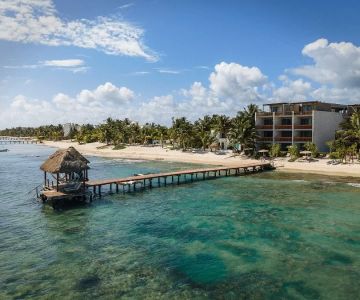



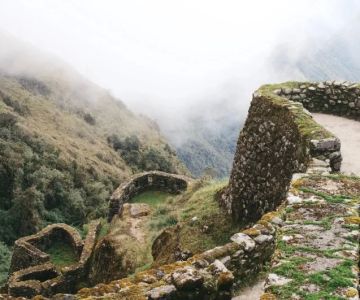

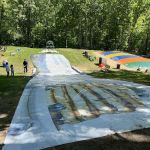 Hidden Hill Family Campground4.0 (233 reviews)
Hidden Hill Family Campground4.0 (233 reviews)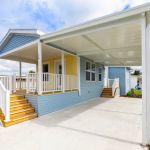 Lake Point 55+ Manufactured Home Community3.0 (55 reviews)
Lake Point 55+ Manufactured Home Community3.0 (55 reviews) Davis Mobile Home Comm Park3.0 (42 reviews)
Davis Mobile Home Comm Park3.0 (42 reviews) Bigfoot County Campgrounds5.0 (1 reviews)
Bigfoot County Campgrounds5.0 (1 reviews) Angola Gardens3.0 (118 reviews)
Angola Gardens3.0 (118 reviews)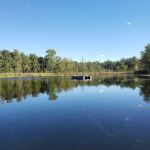 Potawatomie Recreation Area4.0 (152 reviews)
Potawatomie Recreation Area4.0 (152 reviews) Exclusive Travel Packages for First-Class Travelers: A Guide to Luxury Vacations
Exclusive Travel Packages for First-Class Travelers: A Guide to Luxury Vacations Refined Travel Experiences in Southeast Asia: Explore Luxury & Unique Destinations
Refined Travel Experiences in Southeast Asia: Explore Luxury & Unique Destinations How to Make the Most of Luxury Vacation Deals: Expert Tips for Savvy Travelers
How to Make the Most of Luxury Vacation Deals: Expert Tips for Savvy Travelers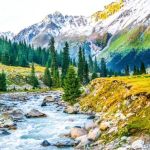 How to Enjoy a Refined Travel Experience in the Mountains
How to Enjoy a Refined Travel Experience in the Mountains Refined Travel Itineraries for Art and Culture Lovers: Explore the World of Art and History
Refined Travel Itineraries for Art and Culture Lovers: Explore the World of Art and History Most Luxurious Destinations for Honeymooners: Top Spots for Romance and Luxury
Most Luxurious Destinations for Honeymooners: Top Spots for Romance and Luxury